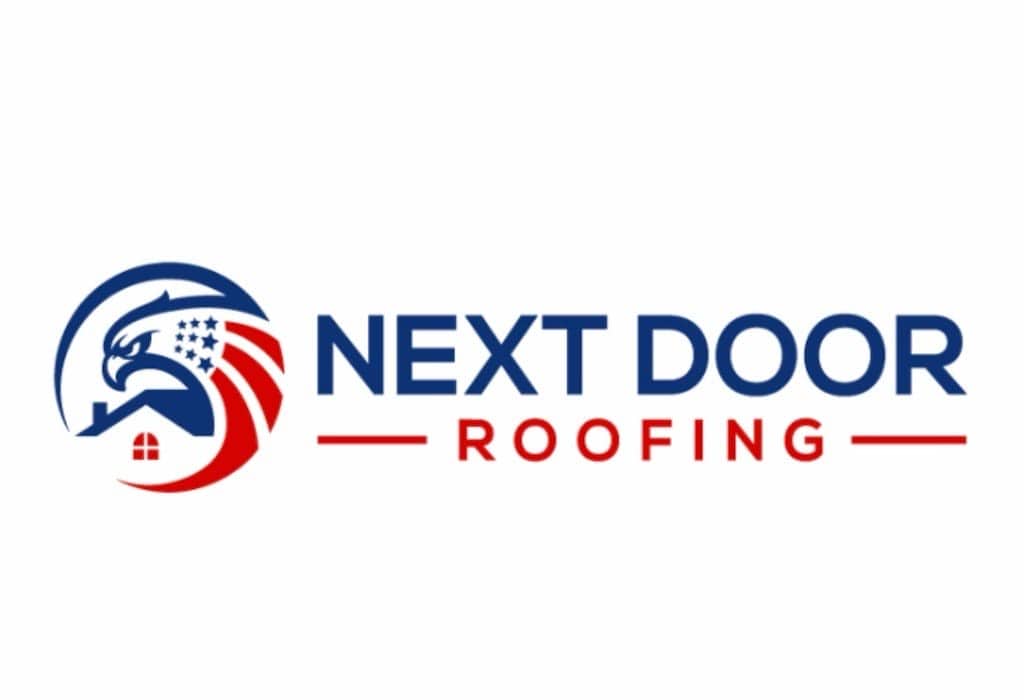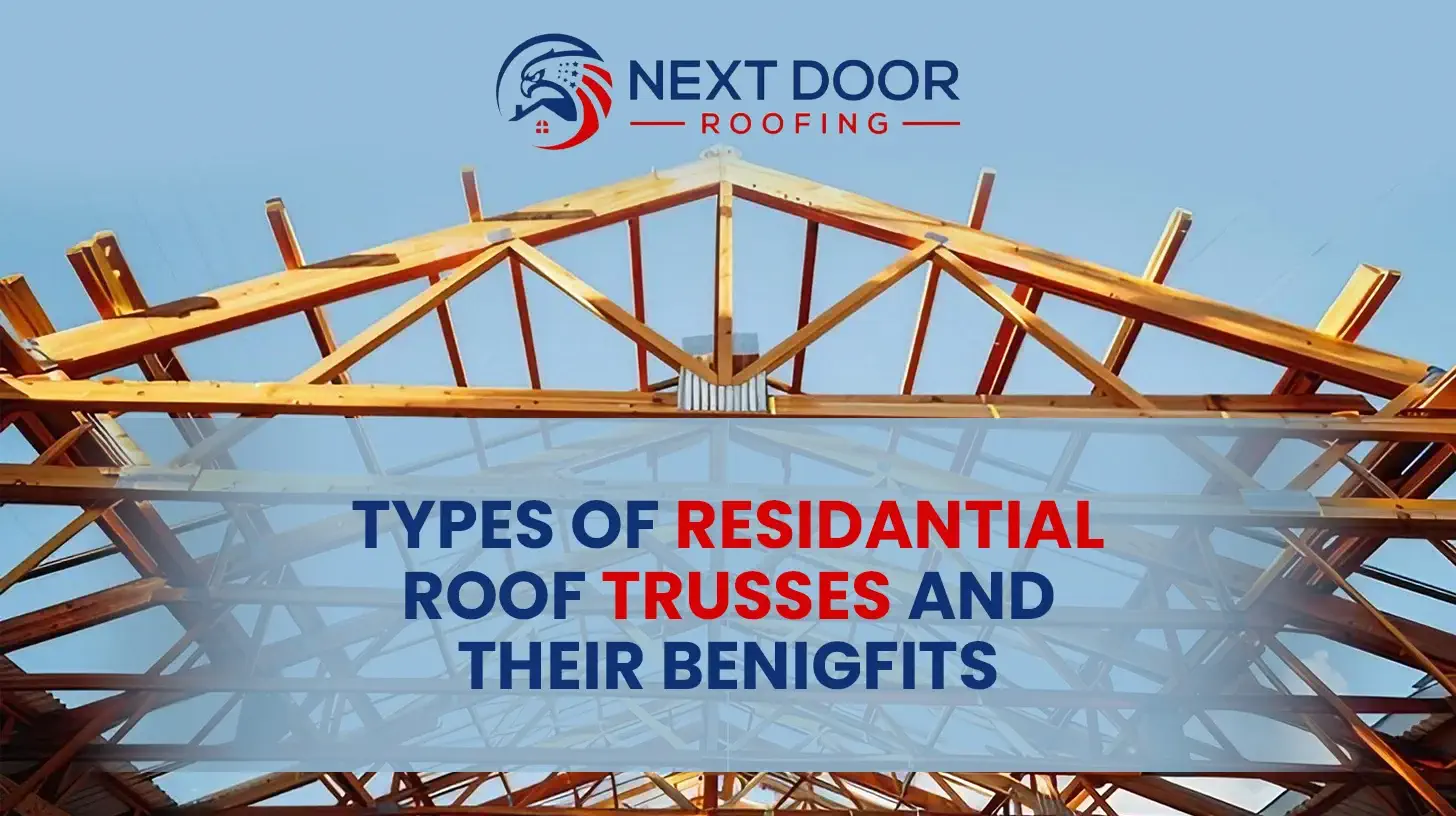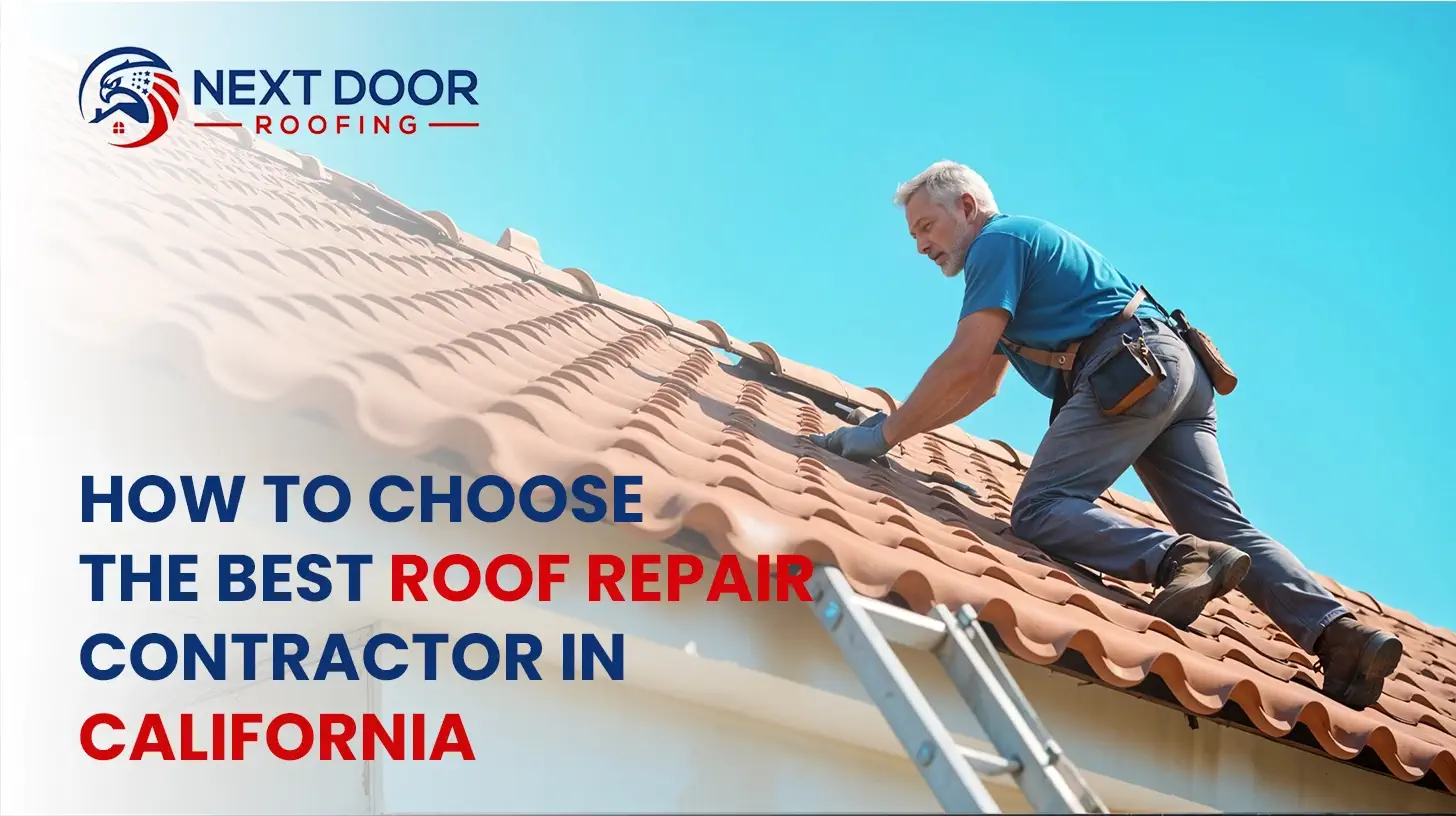Roof leaks are a homeowner’s worst nightmare, especially in scenic locations like Newport Beach. These leaks can lead to extensive damage if not quickly identified and repaired. Roof leaks in Newport Beach can be particularly problematic due to the unique weather conditions along this coastal area, which can exacerbate potential roofing issues.
Newport Beach enjoys a beautiful coastal climate but is also prone to heavy rains, strong winds, and salty air-conditions that create a perfect storm for roof-related problems. The combination of these factors means that rooftops in this region face more wear and tear compared to those in milder inland climates. Aging roofs also struggle to cope with the corrosive impact of salt-laden air, making early identification of roof leaks crucial for homeowners.
Timely identification and repair of roof leaks are essential for preventing long-term structural damage to homes in Newport Beach. Not only do unresolved leaks lead to water damage, but they can also result in mold growth and compromised insulation, increasing energy costs and risking health hazards. Recognizing the signs early on enables proactive measures, sparing residents from costly repairs down the road.
Common Causes of Roof Leaks in Newport Beach
Heavy Rains and Storms
One of the primary causes of roof leaks in Newport Beach is heavy rain, which can easily overwhelm gutters and downspouts if they are not properly maintained. Poorly functioning drainage systems can cause water to pool on your roof, leading to leaks and structural damage over time. Additionally, severe storms with strong winds can loosen shingles or tear them off completely, exposing the underlayment to moisture intrusion.
Effect of Salt Air
Living near the coast also means that your home is constantly exposed to salt air, which accelerates the deterioration of roofing materials. The corrosive nature of salt can weaken flashing around chimneys and vents, rust nails and other fasteners, and compromise the integrity of metal roofing components.
This makes regular inspections for signs of corrosion particularly important for homes in Newport Beach. Salt-laden air doesn’t just speed up wear and tear; it also increases the likelihood of rust creating small gaps where water can infiltrate.
Aging Roofs
Finally, aging roofs naturally become more susceptible to leaks as materials degrade over time. Roofing shingles may crack or curl, making it easier for water to penetrate the surface layers. Furthermore, older roofs may have been installed using methods and materials that do not meet today’s improved standards for durability and weather resistance. In Newport Beach’s unique coastal climate, these issues are compounded by constant exposure to sun, wind, and salty air.
Understanding these common causes helps homeowners in Newport Beach take proactive measures to protect their roofs from common vulnerabilities. Whether dealing with environmental factors like storms and salt air or simply an aging roof, early identification is crucial for minimizing damage from roof leaks newport beach residents commonly face.
Signs of Roof Leaks
Water stains are one of the most obvious signs of a roof leak in Newport Beach. Residents may notice these stains on ceilings, walls, or along the edges of interior rooms. The discoloration can range from light yellow to dark brown and tends to expand over time if not addressed.
Mold growth is another concerning sign that often accompanies lingering moisture. It can manifest as black or green spots on walls, ceilings, or even in clothes and upholstery stored in damp areas. Peeling paint or wallpaper can also indicate that water is infiltrating your home, softening the materials and causing them to lose their adhesive properties.
On the exterior of your property, there are several signs that could point towards potential roof leaks Newport Beach homeowners should be vigilant about. Damaged or missing shingles are a frequent issue due to coastal weather conditions. High winds, salty air, and heavy rains common in Newport Beach can cause shingles to crack, curl up at the edges, or be completely torn away.
Rusted flashing around chimneys, vents, and other roof penetrations can also lead to leaks by allowing water to seep through vulnerable areas where metal and roofing materials meet. Another key indicator is sagging roof sections which may indicate structural damage resulting from prolonged exposure to moisture.
Conducting regular inspections after severe weather events is crucial for early identification of these problems. Using items like binoculars and a flashlight can help spot issues from ground level without immediately risking personal safety by climbing onto a potentially unstable roof.

Regular maintenance checks should include looking inside attics for damp insulation or wooden beams showing signs of mold or rot. Keeping an eye on gutters and downspouts for debris build-up that might suggest drainage issues also helps in mitigating leak risks.
| Interior Signs | Exterior Signs |
|---|---|
| Water stains on ceilings/walls | Damaged/missing shingles |
| Mold growth | Rusted flashing |
| Peeling paint/wallpaper | Sagging roof areas |
Tools and Materials Needed for a Roof Inspection
When preparing for a roof inspection, having the right tools and materials at your disposal can make the process more effective and safer. To start, a quality pair of binoculars is essential for examining hard-to-reach areas from the ground, allowing you to identify potential trouble spots such as damaged shingles or sagging areas without having to climb onto the roof immediately.
A high-powered flashlight will also be crucial when inspecting darker areas in attics or vent spaces where natural light doesn’t penetrate effectively.
A sturdy ladder is another indispensable tool, preferably one that extends several feet beyond the height of your roof to ensure safety while getting on and off. Make sure it’s properly set up on level ground before you start climbing.
Safety gear such as non-slip shoes, gloves, and a harness if you’re working at significant heights are imperative for personal protection. Preparing yourself with these materials ensures that you are not only thorough in your inspection but also safe.
In today’s tech-savvy world, there are numerous apps available that can assist in documenting your findings. These apps often allow users to take photos, create notes, and even mark specific locations on images to highlight potential issues. This approach makes it easier to track deterioration over time or to explain problems when consulting with a roofing professional about roof leaks Newport Beach residents might face after severe weather events.
| Tool | Purpose |
|---|---|
| Binoculars | Inspect hard-to-reach roof parts from the ground. |
| Flashlight | Examine dark attic or vent spaces. |
| Ladder | Access roof safely; extend several feet beyond the roof’s edge. |
| Safety Gear | Ensure personal safety with non-slip shoes, gloves, and harnesses. |
By utilizing these tools and resources effectively during regular inspections – especially after severe storms or high winds common in Newport Beach – homeowners can stay ahead of possible leaks and mitigate damage before it escalates into major repairs. Even simple maintenance like this can extend the life of your roofing structure significantly.
Step-by-Step Guide to Inspecting Your Roof
When inspecting your roof for leaks, start with an interior assessment. Begin by checking the attic and ceilings for any signs of water penetration. Look out for discoloration on the ceiling, which may indicate water stains, damp insulation, and mold growth.
Using a flashlight can help you spot darker areas or spots that are not easily visible under normal lighting conditions. Pay special attention to corners and edges where roof leaks in Newport Beach commonly initiate due to the unique coastal climate stresses such as salt air and heavy winds.
Next, proceed to an exterior inspection by reviewing the condition of your roof, gutters, and downspouts. Use a sturdy ladder to reach the roof safely while wearing appropriate safety gear like non-slip shoes and a harness if necessary. Look for curled or damaged shingles that might have been displaced during storms or high winds.
Rusted flashing around chimneys or vents is another red flag indicating potential leak sources. Ensure to inspect gutter systems since clogged gutters can lead water back onto the roof causing leak issues.
Additionally, documenting all observed damages is crucial for future reference and repair planning. Take clear photos using a camera or smartphone-focusing on problematic spots-and note their location in detail.
There are various apps available that can help you organize these reports efficiently with geotagging features for precise data tracking during follow-up inspections or professional consultations. Implementing this methodical approach ensures you don’t miss any critical aspects, ultimately safeguarding your home from more severe damage linked to unattended roof leaks Newport Beach homeowners frequently face after significant weather events.

Professional Roof Inspection
In some instances, inspecting your own roof for leaks can pose significant risks or challenges. This is particularly true when dealing with steep or complex roofs, or when extensive damage is suspected. Under such circumstances, it’s crucial to call in a professional to conduct a thorough evaluation. Professional roof inspectors possess specialized knowledge and equipment that enable them to identify even the most minute issues that an untrained eye might overlook.
One key scenario where hiring an expert becomes essential is if you notice persistent signs of water damage inside your home but cannot locate the source yourself. Professionals can deploy advanced tools such as infrared scanners to detect moisture beneath surfaces, pinpointing the exact origin of roof leaks Newport Beach homeowners may be struggling with. Moreover, experts are adept at navigating and assessing difficult-to-reach areas safely, significantly reducing the risk of accidents during roof inspections.
When seeking professional assistance in Newport Beach, consider local roofing companies with strong reputations for quality service. Look for features like:
- Certifications and licensing: Ensure that the company employs certified professionals who have undergone rigorous training.
- Customer reviews: Check online reviews and ask for testimonials from past clients.
- Warranty offerings: A reputable company should provide warranties on both labor and materials.
Engaging a knowledgeable roofing expert not only ensures a comprehensive inspection but also brings added benefits like detailed reports and recommendations for preventive measures moving forward. Many professionals offer maintenance plans tailored specifically for coastal climates like Newport Beach’s, helping you mitigate potential future issues stemming from harsh weather conditions.
If you’re unsure where to start, here are a few recommended steps:
- Look up top-rated local roofing experts through reliable directories or services.
- Ask neighbors or friends in Newport Beach for referrals.
- Inquire about multiple quotes to compare prices and services offered.
Remember that investing in professional inspections can save you substantial amounts in the long run by preventing small issues from escalating into expensive repairs. Prioritize your home’s safety by knowing when it’s time to call in those who have both expertise and experience handling roof leaks effectively.
Immediate Actions to Take if a Roof Leak Is Found
If you discover roof leaks in Newport Beach, taking immediate action is crucial to preventing extensive damage. Here’s a checklist of emergency measures to help minimize the potential harm:
1. Place a Bucket or Container: To catch dripping water, place a bucket or container directly under the leak. This will help contain the water and prevent it from soaking into carpets or flooring.
2. Protect Your Belongings: Move furniture, electronics, and other valuable items out of the affected area to avoid further damage. If moving items isn’t possible, cover them with plastic sheeting for protection.
3. Temporary Fixes: While waiting for professional help, use tarps or heavy-duty plastic sheets to cover sections of your roof that have visible damage. Secure these with nails or duct tape to keep the covering in place during windy conditions.
4. Mitigate Water Damage: Use towels and mops to soak up standing water inside your home promptly. Set up fans and dehumidifiers in the wet areas to start drying out damp spaces as quickly as possible.
When addressing roof leaks Newport Beach homes may experience, also consider applying temporary sealants to small holes or cracks as an interim solution until permanent repairs can be made by experts.
These steps help maintain safety and reduce further deterioration:
– Turn off electricity in affected areas if water is near electrical outlets.
– Use plumber’s tape for minor interior ceiling leaks.
– Check attic insulation for moisture absorption; remove wet insulation if necessary.
Taking these actions will not only protect your belongings but also limit mildew and mold growth resulting from prolonged dampness. Don’t forget that professional intervention should follow these initial emergency responses as soon as possible for comprehensive repair solutions and long-term protection against recurring roof leaks in Newport Beach homes.
Preventive Maintenance Tips to Avoid Future Roof Leaks
Routine Upkeep
One of the most effective ways to prevent roof leaks in Newport Beach is through routine upkeep. Regularly clearing your gutters is essential; clogged gutters can lead to water backing up and seeping under shingles, causing leaks.

It’s advisable to inspect your roof after significant weather events, especially considering Newport Beach’s susceptibility to heavy rains and strong winds. By identifying any immediate damage, such as missing shingles or debris accumulation, you can address small issues before they escalate into major problems.
Seasonal Tips
Seasonal maintenance activities can make a difference when it comes to preventing roof leaks. For homeowners in Newport Beach, there are specific actions to take before the winter or rainy season begins. Ensure that all loose shingles are secured and repair any minor cracks that could worsen under the stress of rainwater.
Salt air from the coast can also contribute to faster wear on roofing materials, so applying a protective sealant designed for coastal homes might extend the life of your roof. Additionally, trimming overhanging branches reduces the chance of physical damage during windstorms.
Professional Maintenance Plans
Engaging a professional maintenance plan can provide peace of mind and long-term protection against roof leaks in Newport Beach. Local experts are familiar with the specific challenges posed by the coastal climate and have access to high-quality materials suited for such environments.
They will schedule regular inspections and preventative treatments that a typical homeowner might overlook. Establishing a relationship with a local roofing company ensures prompt attention if issues do arise, limiting potential damage from roof leaks Newport Beach commonly experiences.
By adhering to these preventive maintenance tips, homeowners can significantly reduce the risk of encountering problematic roof leaks in their Newport Beach residences.
Conclusion
Detecting a roof leak early on can save homeowners in Newport Beach significant time, money, and stress. Due to the unique coastal weather conditions-characterized by heavy rains, strong winds, and salt air-the propensity for roof damage is higher here compared to inland areas.
Regular inspections are paramount; they help identify issues before they escalate into major problems that require extensive repairs or even a full roof replacement. By being proactive, homeowners can mitigate water damage and maintain the structural integrity of their homes.
Utilizing both interior and exterior inspections is crucial for a thorough evaluation. Internally, look for telltale signs such as water stains on ceilings, damp spots on walls, peeling paint, or mold growth in attic spaces. These indicators often point directly to an intrusion of moisture due to a compromised roofing structure.
Externally, examine the condition of shingles-look out for any that are cracked, missing, or curling at the edges-as well as checking for rusted or damaged flashing around chimneys and vents. Sagging areas on the roof could also indicate underlying issues with decay or moisture accumulation.
For those without the experience or tools necessary to conduct these detailed inspections safely-it’s advisable to enlist professional help. Roofing experts bring specialized skills and equipment that can identify leaks that may be invisible to the untrained eye.
They understand the nuances of working in Newport Beach’s coastal environment where salt air accelerates corrosion and wind-driven rainwater finds its way into unexpected places. Don’t hesitate to reach out to local providers who specialize in addressing roof leaks Newport Beach residents frequently encounter; timely intervention by experts can prevent minor issues from evolving into costly repairs down the line.
Additional Resources
In conclusion, identifying and addressing roof leaks in Newport Beach is critical for maintaining the integrity and safety of your home. By understanding the common causes, such as heavy rains, strong winds, salt air, and aging roofs unique to this coastal climate, homeowners can be more vigilant and proactive in spotting potential issues early. Regular inspections using the right tools and techniques are essential steps that can help detect problems before they escalate into severe damage.
Regular maintenance should not be underestimated; routine cleaning of gutters, timely inspection post-storms, and conducting seasonal checks are all vital preventive measures to avoid roof leaks Newport Beach homeowners might encounter. Even with the best DIY efforts, there will be times when calling in professional experts becomes necessary. Their expertise and specialized equipment ensure thorough inspections and effective repairs tailored to the specific needs of homes in this coastal area.
Ultimately, safeguarding your home from roof leaks requires a blend of education, vigilance, preventive care, and professional assistance when needed. Implementing these practices ensures that your roof remains sturdy against Newport Beach’s challenging weather conditions. We encourage readers to share their experiences or seek further advice in our comments section – together we can keep our homes secure from the threat of roof leaks.





